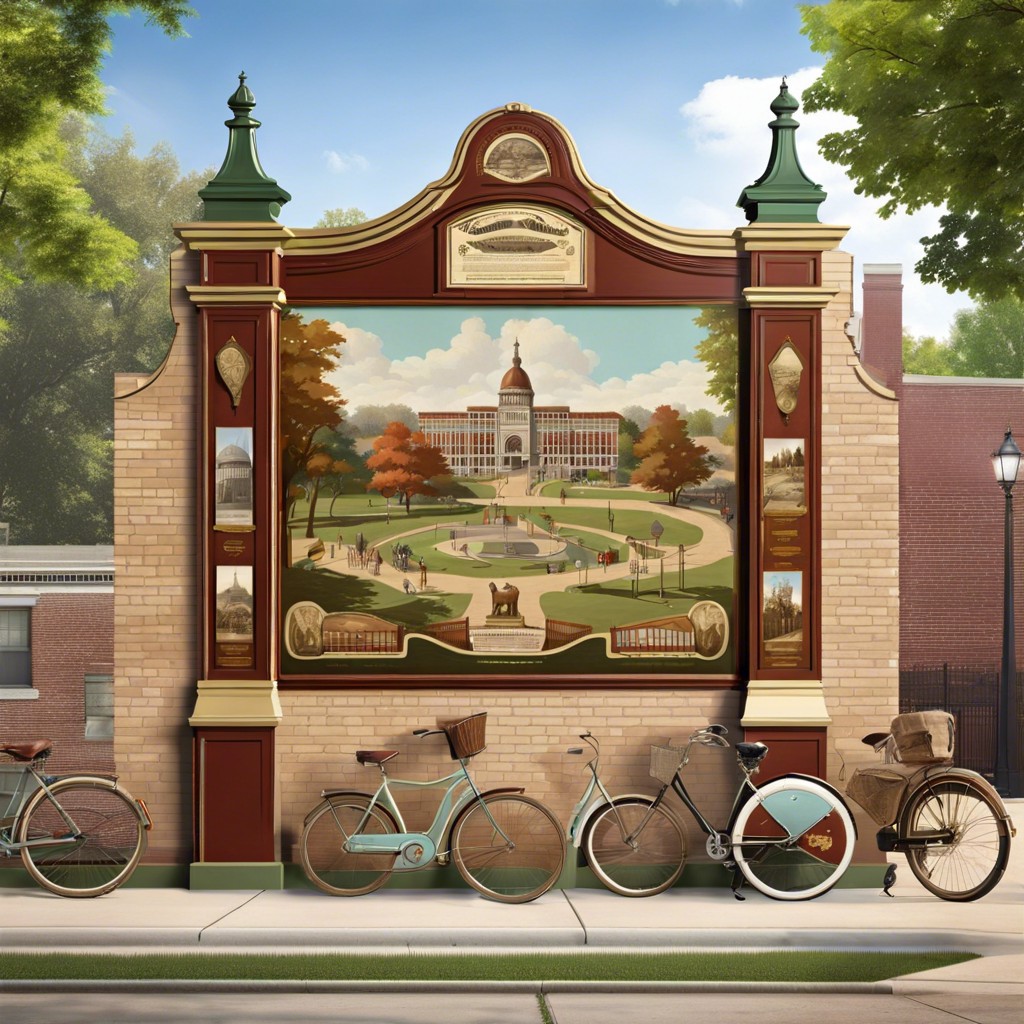Last updated on
Learn about the history, resurgence, and styling tips for the aluminum Christmas tree, a retro holiday decoration making a modern comeback.
Key takeaways:
- Aluminum Christmas trees emerged in the late 1950s as a symbol of modernity and innovation.
- They were manufactured using sheets of aluminum cut into thin strips and attached to wire branches.
- The aluminum tree’s popularity peaked in the 1960s, driven by modern design and TV appearances.
- Aluminum trees temporarily altered the traditional holiday aesthetic with their futuristic appeal.
- The resurgence of vintage decor trends brings them back into vogue.
History

Aluminum Christmas trees first emerged in the late 1950s as a symbol of modernity and innovation. Manufactured primarily in America, the first commercial aluminum trees were produced by the Aluminum Specialty Company in Manitowoc, Wisconsin. Unlike traditional green trees, these shiny metallic versions offered a futuristic appeal that coincided with the Space Age enthusiasm of that era. Easy to assemble and maintain, they featured branches made from aluminum foil strips attached to a central pole, often illuminated by a rotating color wheel light that reflected dazzling colors across the room. By the mid-1960s, they had become a widespread holiday trend, reflecting society’s fascination with new technology and materials.
Manufacturing

Aluminum Christmas trees were first crafted using sheets of aluminum cut into thin strips. The strips, shiny and reflective, were then attached to wire branches. These branches were mounted on a central pole, which allowed them to fan out and simulate the natural spread of a pine tree.
Initially, the trees were manufactured in silver, but as their popularity grew, they were produced in a variety of colors, including pink, gold, and green. This process revolutionized the traditional holiday aesthetic, offering an alternative to green, needle-shedding live trees.
Attention to detail in production enabled the branches to catch light brilliantly, which was a significant selling point. These trees often featured color wheels—an additional illuminated, rotating disk that cast colorful light onto the tree to enhance the shimmering effect. Unlocking the retro charm and futuristic appeal of the aluminum Christmas tree became an integral effort for manufacturers during their peak production years.
Popularity
During the 1960s, the aluminum Christmas tree found its peak of demand, especially in the United States. This surge in popularity was largely driven by the era’s fascination with modern design and innovative materials. Department stores and catalogs frequently featured these shimmering trees, which often came in silver, pink, and even blue.
Television played a significant role in cementing the aluminum tree’s status in American homes. A memorable episode of “A Charlie Brown Christmas” famously critiqued the commercialization of Christmas, using the aluminum tree as a symbol. Despite its portrayal, or perhaps because of it, the episode sparked even more curiosity and demand for these metallic trees.
The interest in aluminum Christmas trees waned by the late 1970s as more natural look became popular again. However, they have experienced a resurgence in recent years as vintage or retro decorations, appealing to both nostalgia and the aesthetics of mid-century modern design enthusiasts. Collectors and holiday decorators often seek out these trees for their nostalgic value and unique flair.
Cultural Significance
Aluminum Christmas trees temporarily altered the traditional holiday aesthetic. These shiny, metallic trees diverged from the typical green pine or fir, creating a modern twist on holiday decorations during the 1960s. Celebrated for their convenience and futuristic look, they were often paired with rotating color wheels which cast dramatic, colorful shadows across the room, amplifying their space-age appeal.
They also permeated pop culture, featuring prominently in movies and TV shows. The trees symbolized a departure from conventionalism, aligned with a growing interest in technology and innovation during the post-war era.
The resurgence of vintage decor trends has brought them back into vogue, appreciated now for both nostalgic value and their distinct, eye-catching design.
References
For those interested in diving deeper into the intriguing world of aluminum Christmas trees, a wealth of resources is available. Key historical texts include “Season’s Greetings from the White House” by Mary Evans Seeley, which elaborates on mid-20th-century American holiday traditions. Online archives like the Aluminum Christmas Tree Museum provide a visual exploration of various models and styles, capturing the aesthetic of the era. For a scholarly perspective, J. Shimon and J. Lindemann’s “Seasonal Sentiments” offers a detailed analysis of the cultural impact and design evolution of these metallic trees. Each source provides a unique lens through which to view this fascinating piece of holiday history.




